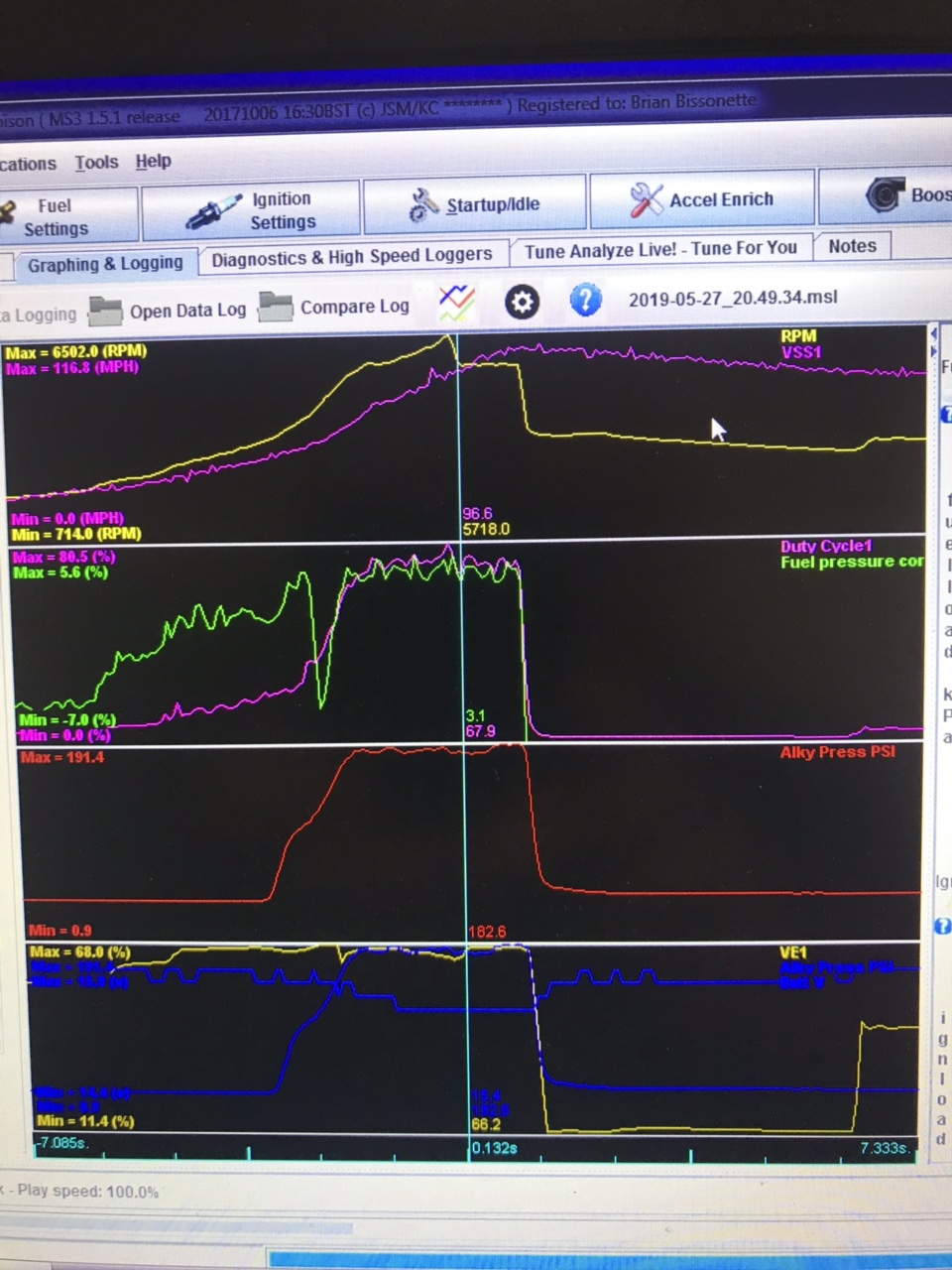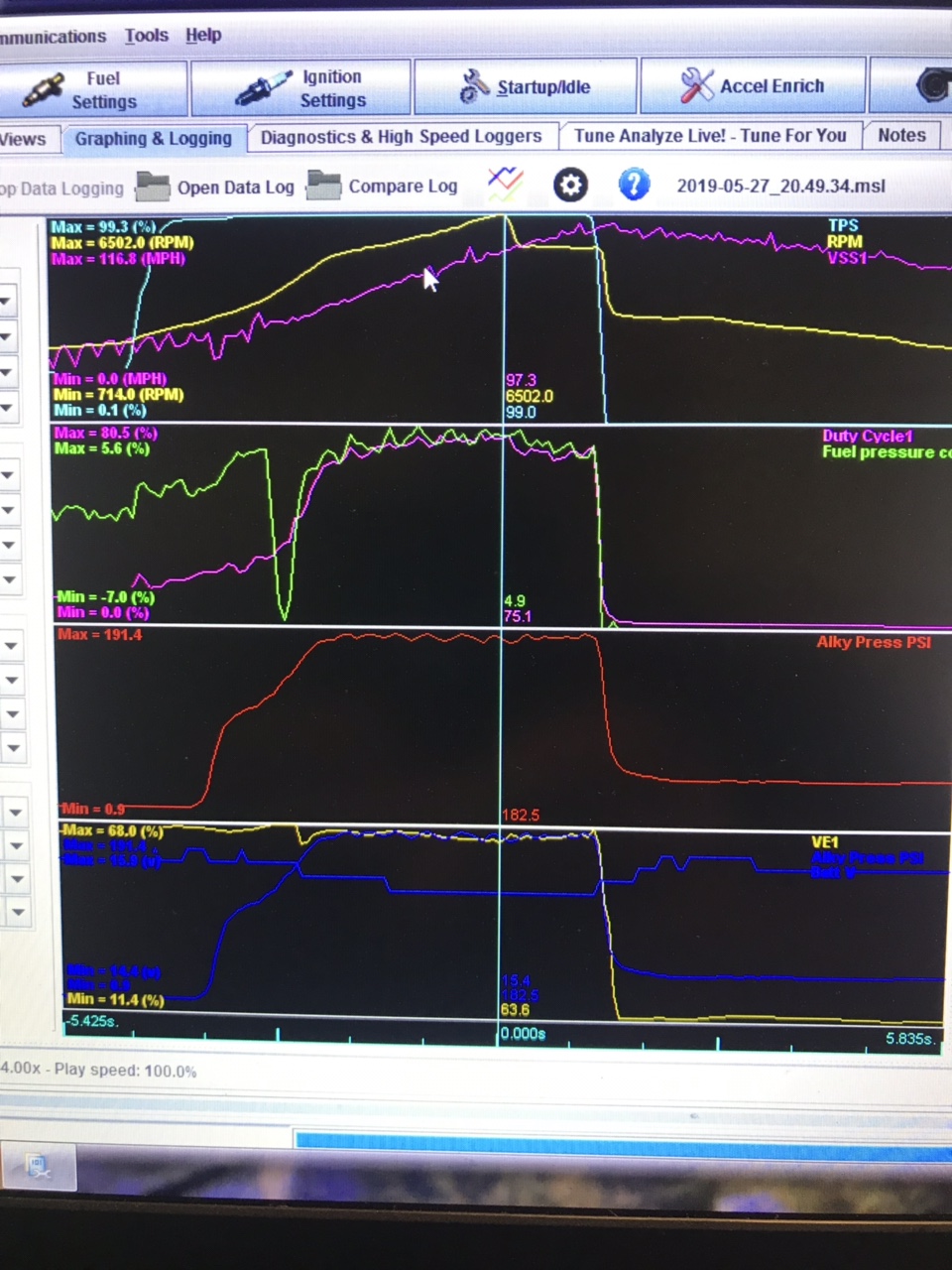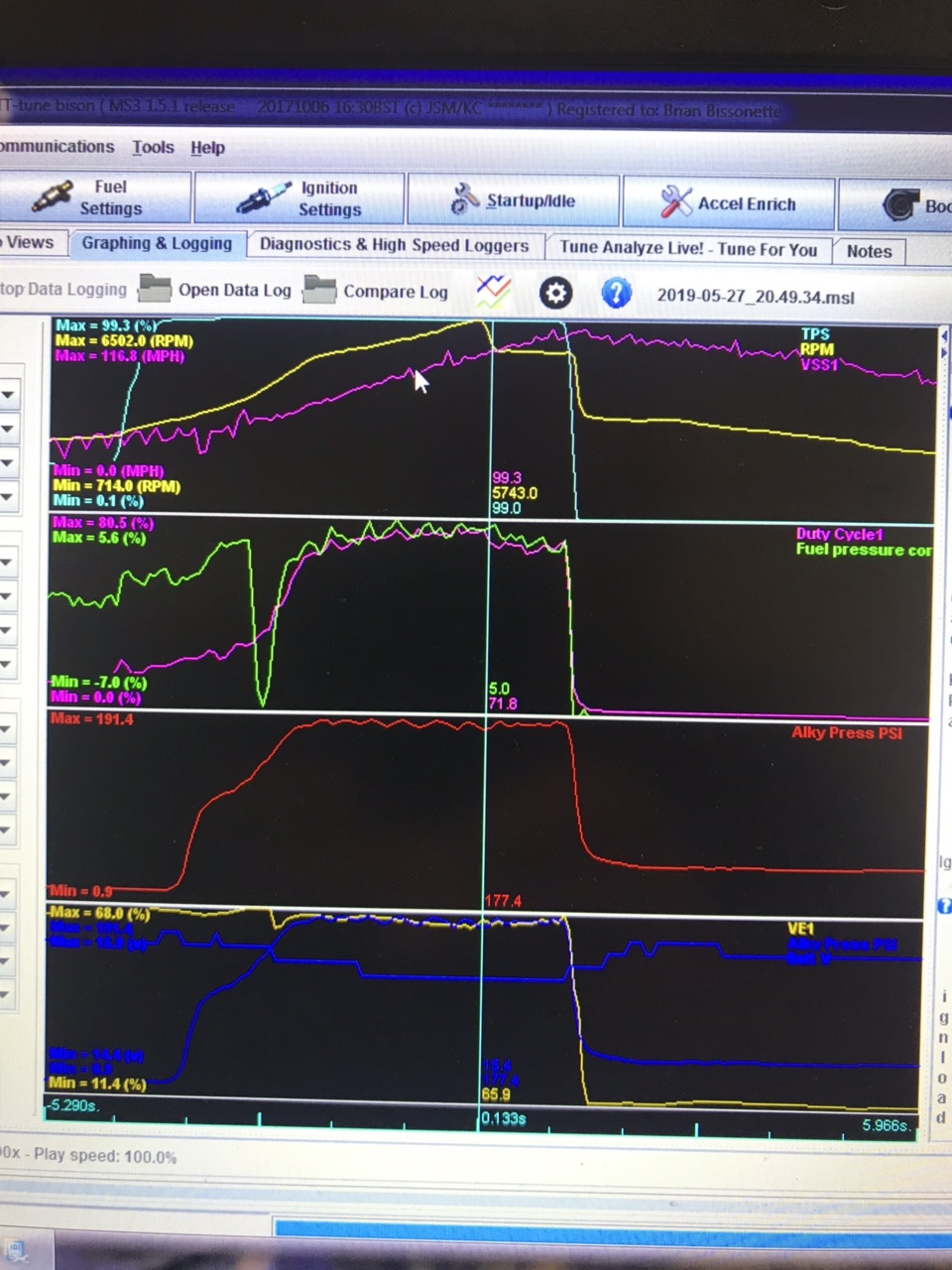The thing I’ve taken away from all these conversations about rings is that the solid Teflons don’t handle being overheated. If we look at the source application for the rings, the 4L80e, they came with solid Teflon and the aftermarket has stepped in with “better” alternatives, namely a Vespel plastic ring and the transgo 4L80e-htrk high temperature ring kit which is a scarf cut ring with an expander under it. People like Steve will probably never have a problem with solid Teflon because he has pretty good control over where his builds end up and ensures adequate cooling etc. People like Dave and Lonnie are shipping these things all over the country to people who’ve never even seen a turbo Buick and are putting them in street rods and other vehicles and the customer’s knowledge of trans cooling is hit or miss at best. They can’t run solid Teflons because if it gets hot once the directs are done. In that situation anything is better than solid Teflon especially since the engine in front of it is maybe 350-400 hp at most.
I’m also nearly certain that one or more persons has figured out a better solution than all the publicly known options and has (rightfully) chosen to remain tight lipped about their findings. Even Dave’s availability of an oversized iron ring is rightfully kept to himself as to what it’s normally used in. Most hobbyists don’t have the ability to machine the bore properly anyway.
I do love these discussions though

 turbobuick.com
Trying to see about the awrvon material.
turbobuick.com
Trying to see about the awrvon material.


